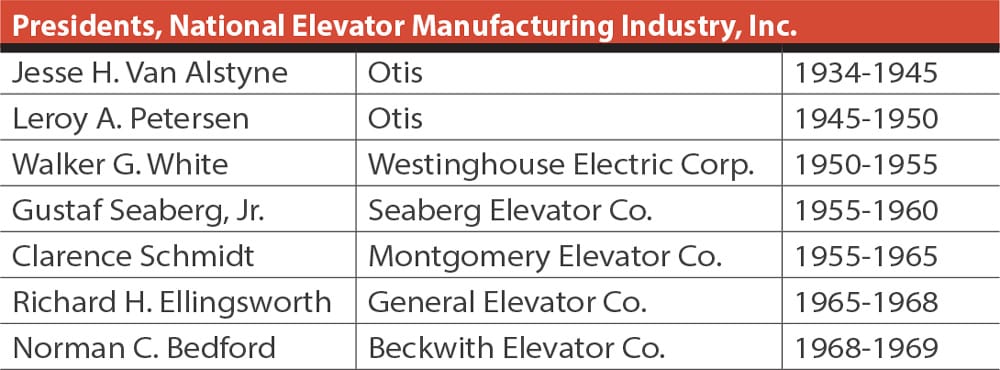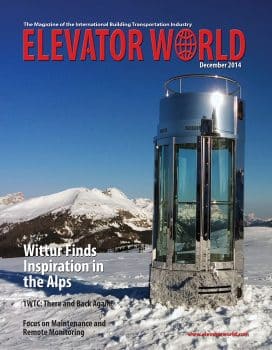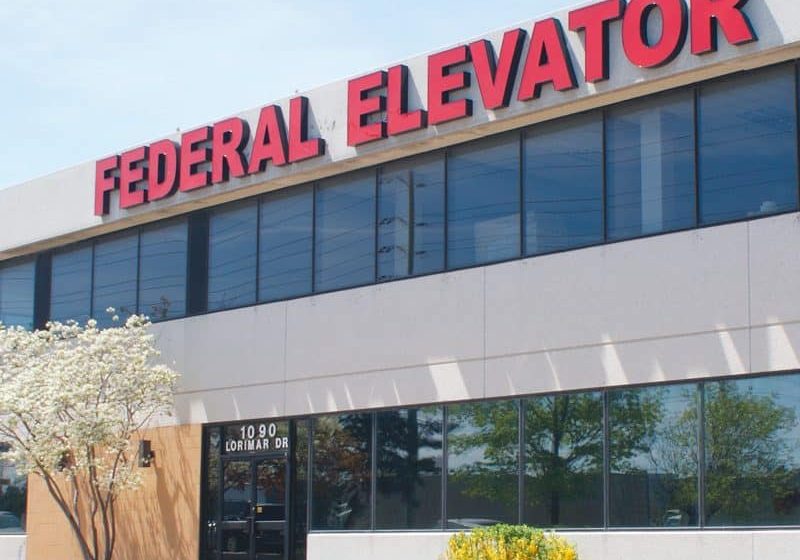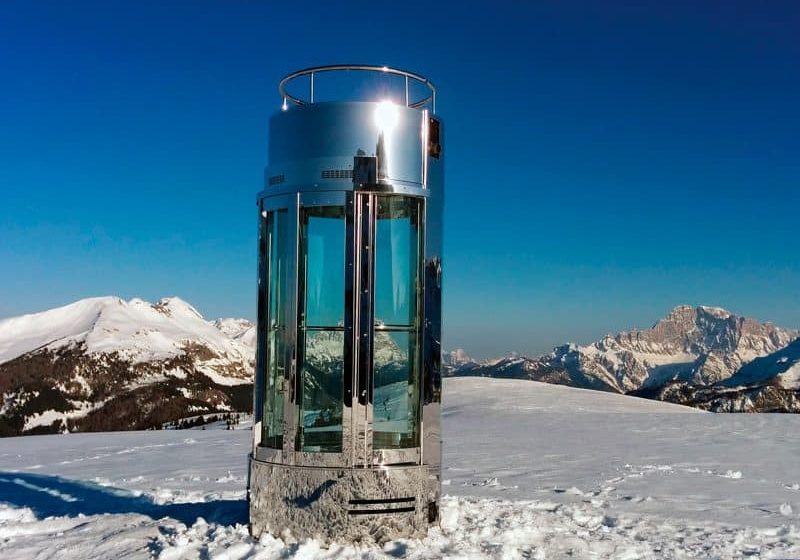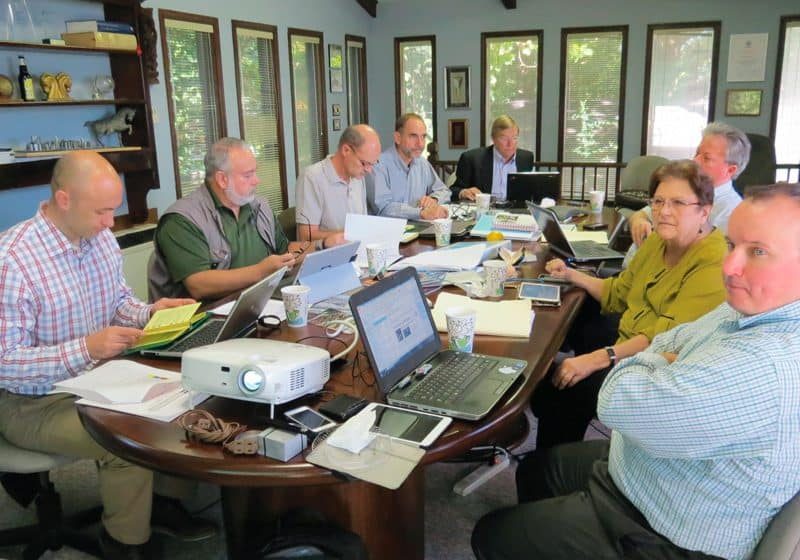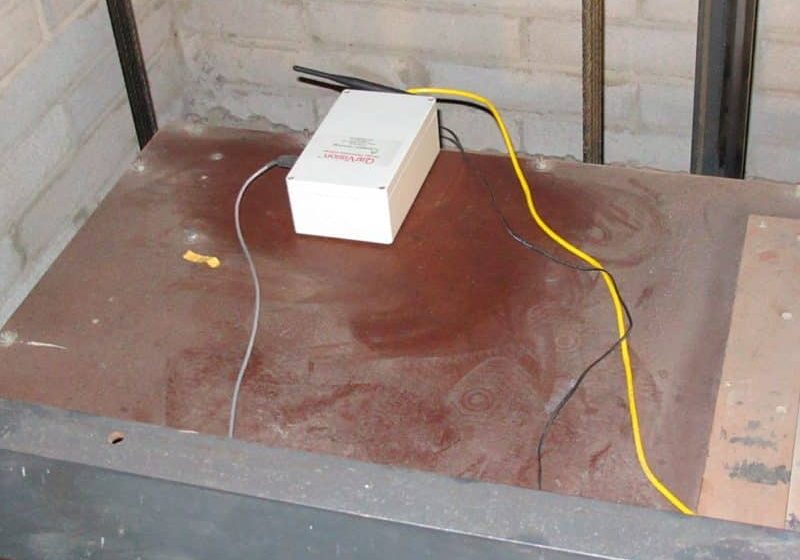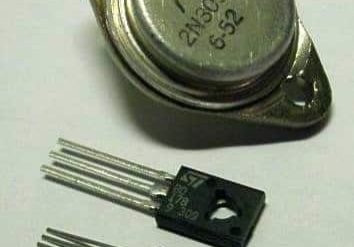The history of the National Elevator Industry, Inc. (NEII®) embraces three distinct technological, societal and economic eras: 1914-1933, 1934-1968, and 1969-present. Each era is also associated with a specific organization name. NEII® was founded in 1914 as the Elevator Manufacturers’ Association of the U.S. (EMA); in 1934, it became the National Elevator Manufacturing Industry, Inc. (NEMI); and in 1969, the name was changed to the current one. The various names reflect the organization’s membership and purpose, and the timing of each name change corresponded with critical moments in the history of vertical transportation. Some of this rich history has been investigated in past ELEVATOR WORLD articles: “The First Annual Meeting of the Elevator Manufacturers’ Association” (September 2009), “The First Elevator Safety Code: A Mystery” (November 2006), “The Code Writers of 1921” (May 2008), “Erection Manual: Basic Field Practices for Installation of Elevator Equipment: 1946,” (June 2008), “A Look Back: ELEVATOR WORLD 1969” (February 2009) and “45 Years of NEIEP” (July 2012). This month’s article provides a broad overview of NEII®’s 100-year history, focusing on the organization’s leadership and accomplishments.
The original members of EMA were independent companies that had resisted Otis’ overtures to join its expanding corporation. Thus, although the EMA often worked closely with Otis between 1914 and 1933, in this era, it is possible to find a distinct sense within the industry of “us” (the independents) versus “them” (Otis). However, in spite of real (and imagined) industry tensions and conflicts, EMA had a remarkable record of significant achievements:
- 1917: Uniform Regulations for the Construction and Installation of Passenger and Freight Elevators (the first national elevator code)
- 1921: A Code of Standards for the Construction, Operation and Maintenance of Elevators, Dumbwaiters and Escalators (EMA was an important partner in the writing of the first edition of the ASME A17 Safety Code for Elevators and Escalators.)
- 1921: The Atlantic City Agreement (the first formal labor agreement between EMA members and the International Union of Elevator Constructors [IUEC])
The latter agreement resulted from intense negotiations with IUEC, and its interpretation and enforcement made it a constant topic of discussion and debate throughout this period.
Unfortunately, EMA’s historical record remains incomplete, and it has not been possible to assemble a full roster of officers. A partial listing reveals that the organization’s leadership (perhaps not surprisingly) tended to rotate among a relatively small group of individuals and companies (Table 1). In 1924, EMA recognized the need to hire a business manager to coordinate the organization’s business operations. In September 1924, John W. Ogren (1877-1958), a Chicago lawyer, was hired and was given the title of commissioner. Ogren had an impressive resume: his firm specialized in “Trade Association Law” and “Federal Trade Commission and Federal Court Practice.” He had also served as chairman of the Chicago Stationers’ Association and as a director of the National Association of Loose Leaf Manufacturers.
Ogren served as EMA commissioner until 1932. His departure coincided with a critical period of transition for the organization. Precipitated by the stock market crash of October 1929 and the economic collapse that followed, the Great Depression significantly impacted the elevator industry. Dramatically illustrated in 1934 by the National Recovery Administration’s Division of Research and Planning, it was reported that total production had “decreased from US$103,500,000 in 1929 to US$21,200,000 in 1933,” and employment had “fallen from 20,000 to 11,000” during this same period.
In 1933, leading members of EMA Irving N. Haughton, Alexander E. Montgomery and Frederick A. Smith joined Jesse H. Van Alstyne (president, Otis) and Frank C. Reed (vice president, Westinghouse Electric Elevator Co.) on a committee charged with developing a strategy for a new industry organization. This effort was directly related to the development of a Proposed Code of Fair Competition for the Elevator Manufacturing Industry, which was submitted by the committee to the National Recovery Administration on August 7, 1933. This initiative was part of the work associated with fulfilling the provisions of Title 1 of President Franklin D. Roosevelt’s National Industry Recovery Act (approved by Congress on June 16, 1933). The elevator industry joined 20 other industry and trade organizations in this effort, which was aimed at revitalizing the nation’s industrial complex.
The name of the proposed new organization — NEMI — made its first official appearance in the August 1933 Proposed Code of Fair Competition. This is of interest, because the organization’s official charter was not filed until March 1934, and the first board meeting did not take place until April 5, 1934. (This may explain why the designation “Inc.” was not used in the 1933 document.) However, the presence of the new name illustrates the confidence of the organizing committee in its ability to establish a “new” organization. However, while newly chartered and renamed, the organization retained most of the former EMA membership, and it continued to pursue the core mission articulated by EMA. Thus, it embodied a continuation of the work first begun in 1914.
A key difference between the old and new organizations was initial leadership: for the first 16 years of its existence, NEMI was governed by the president of Otis (Table 2). Thus, the old divide between “us” and “them” had apparently been healed, and NEMI doubtlessly benefited from the corporate strength (and resources) of Otis needed to navigate the remainder of the Great Depression, World War II and the immediate postwar period. Although L.A. Petersen continued to serve as Otis president until 1961, it is interesting that he did not choose to seek a second term as NEMI president in 1950. This action allowed a shift in leadership selection that reflected NEMI’s broader membership and more closely resembled the earlier pattern of leadership found in EMA — with the presidents coming from regional firms.
NEMI’s major accomplishments also followed the trajectory established by EMA, with a sustained focus on labor agreements, the development of industry-specific education materials and codes:
- 1934: first “Standard Agreement” signed between NEMI and IUEC.
- 1938: Standard Passenger Elevator Data, Layout and Specifications (first edition).
- 1946: Erection Manual: Basic Field Practices for Installation of Elevator Equipment (by Kermit Kraus)
- 1964: Installation Manual: Basic Field Practices for Installation of Elevator Equipment (by Kermit Kraus)
- 1967: National Elevator Industry Education Program (NEIEP)
During this period, NEMI members continued their active participation on A17 code committees and played key roles in negotiating new standard labor agreements with the IUEC.
In 1967, NEMI began a two-year self study. When the study ended in late 1968, its conclusions led to changes in the organization’s membership and a new name: in January 1969, NEMI became NEII®. The objectives of the “new” organization were familiar to its old members:
- To act as a representative of its members in collective bargaining with IUEC and any other labor organization with which the corporation may be authorized to deal
- To advance sound engineering practices within the industry and further the interests of the industry in relation to the installation, service and maintenance of elevators and like products
- To cooperate with other organizations in matters of common interest and for properly integrated promotional purposes
- To compile and furnish information, including statistical data, as to matters of interest to members, including the reduction of accidents and the safety of their employees
- To take such other action as may be determined by the board of directors to be in furtherance of the interests of its members or the industry generally, but only to the extent permitted by law
The most significant change between the old and new versions of the organization was an expanded membership definition. NEMI had restricted its membership to firms “which contracted for their own account and in their own names, for the furnishing and erection of complete passenger or freight elevators.” NEII® broadened this definition by “adding servicing as a function entitling a firm to membership and adding additional products, such as dumbwaiters, residence elevators, moving stairways and walkways.” However, the requirement that all units be complete was retained as a guiding principle.
Whereas the change from the EMA to NEMI had been driven by the economic exigencies of the Great Depression, the change from NEMI to NEII® occurred as the result of self study and self reflection about the character of the vertical-transportation industry. The latter included new industry trends, the appearance of new products and corporate structures, and the appearance and growth of new organizations, such as the National Association of Elevator Contractors (NAEC), which was founded in 1950. The dynamic and changing character of the industry is also reflected in the roster of NEII®’s presidents (Table 3). From 1969 to 1998, NEII®’s leadership followed the pattern found in NEMI, with the presidents primarily drawn from regional companies. The period from 1998 to the present reflects the increased presence of European and Asian companies in the U.S. market.
NEII®’s major accomplishments have followed a similar pattern to those of its predecessors, with a focus on codes, safety and education:
- 1973: Elevator Industry Field Employees’ Safety Handbook (first edition)
- 1983: Vertical Transportation Standards (Sixth edition of Elevator Layout Standards: the new name “reflected an expansion of the specifications in the document, to include dumbwaiters and escalators.”)
- 2000: Building Transportation Standards and Guidelines (NEII®-1-2000)
- 2005: Building Transportation Standards and Guidelines (NEII®-1-2000), published on the NEII® website.
- 2006 NEII® CodeFinder database goes live on the NEII® website
The design and operation of CodeFinder was described as follows:
“Three years in the making, the NEII® CodeFinder database is an invaluable, one-of-a-kind resource for every level of North American elevator-industry professional, from field personnel and engineers, to manufacturing managers, company attorneys and senior executives. For the first time, there is now a single industry source for NEII® member companies and their employees to search and find accurate, up-to-date information on all the local codes, standards and regulations that affect the industry.
“Included in the database are all of the jurisdictional codes in the U.S. and Canada, as well as contact information for the enforcing authorities and a complete list of the codes they use. CodeFinder contains all of the important industry codes, including: electrical, accessibility, building, new and existing elevator, and life safety codes. Jurisdictional laws are also incorporated into the database for users’ reference.” This 21st-century code resource is a direct link back to the first major accomplishment of EMA, which, in its third year of existence, produced the first national elevator code. This organization’s ability to adapt — and survive — for 100 years is a powerful testament to the strength and determination of its leaders and membership. And, as is the case with many of my History articles, this outline has served to pique my interest and curiosity about numerous aspects of this story that could not be recounted or told in full in this brief article; therefore, more of this unique history will be addressed in the future. I would also like to acknowledge and extend my sincere thanks to NEII® Managing Director and Secretary Edward A. Donoghue for his valuable assistance with this article.
Get more of Elevator World. Sign up for our free e-newsletter.

